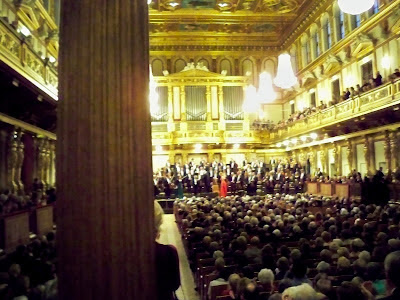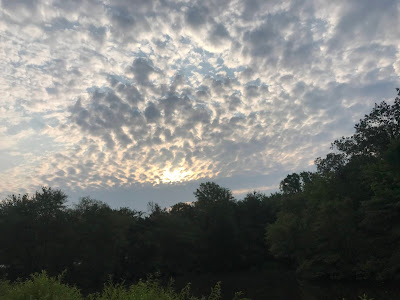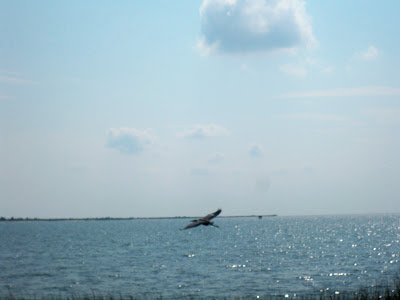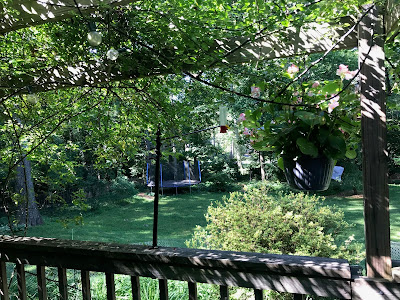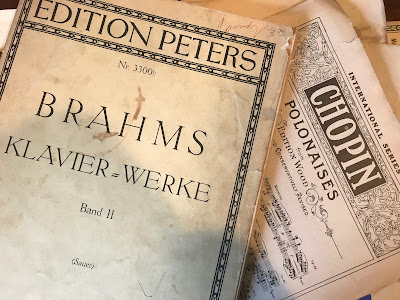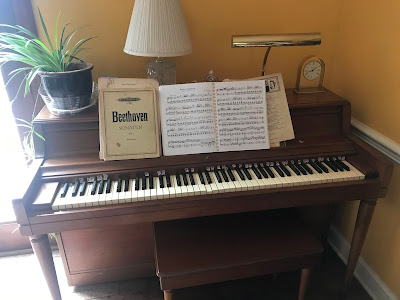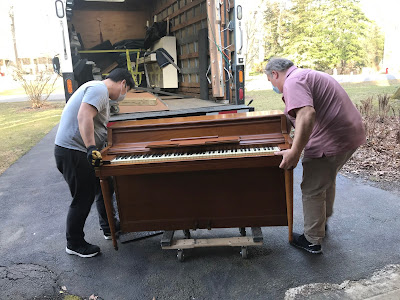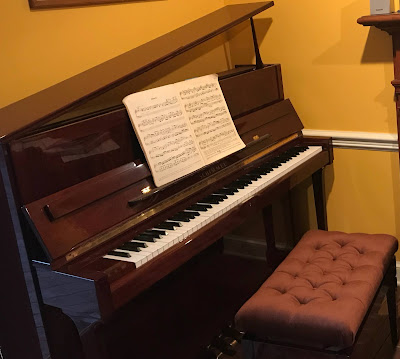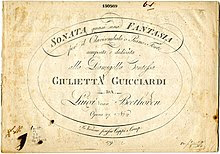The Art of Listening
I read in this week’s Brain Pickings newsletter that the composer Aaron Copland, in his book Music and Imagination, says listening to music is an art, just as playing it is.
If that’s the case, then I practice the art every time I walk.
This morning, fresh from reading about Copland, the “Overture to Die Meistersinger” in my ears, I thought about how I listen. It’s mostly with the ear of an amateur, someone whose love for music greatly exceeds her knowledge of it.
But that doesn’t mean I can’t enjoy it; perhaps I enjoy it more.
“There are few pleasures in art greater than the secure sense that one
can recognize beauty when one comes upon it… ” Copland writes. “Recognizing the beautiful
in an abstract art like music partakes somewhat of a minor miracle.”
